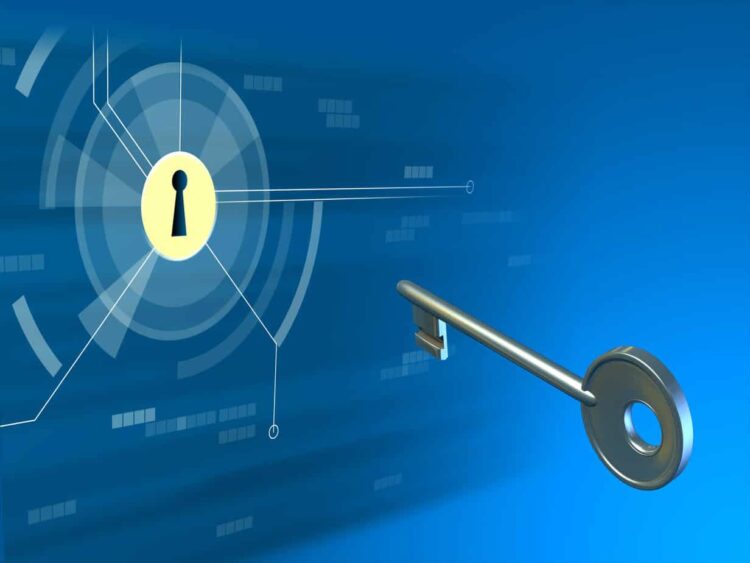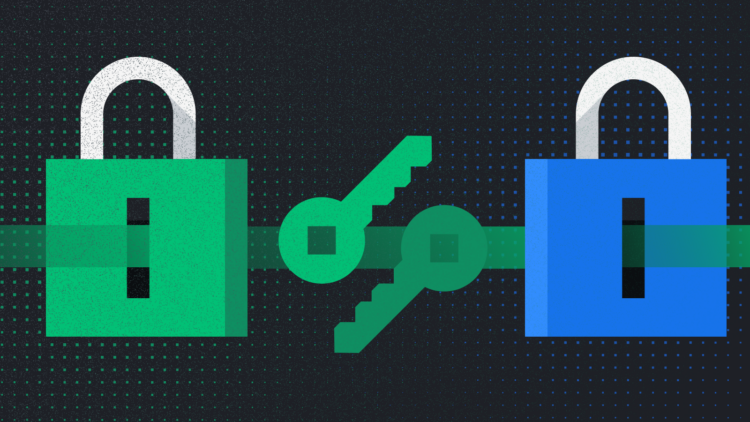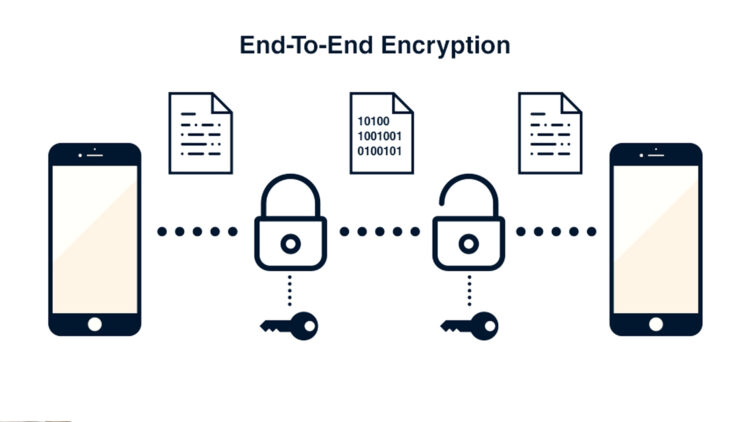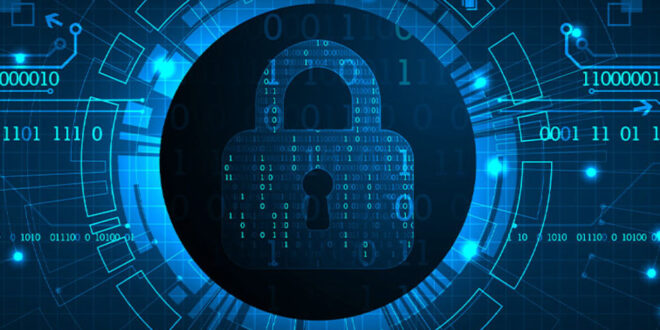End-to-end encryption (E2EE) is a security technique that encrypts data from one end to another, ensuring that only authorized parties can access it. This type of encryption provides extra protection for sensitive information and offers users increased privacy and security online.
However, implementing E2EE has its benefits and drawbacks that should be considered before deciding whether to use this technology. In addition, organizations looking for comprehensive digital asset protection may want to compare certificate lifecycle management (CLM) software options as an alternative solution.
In this article, we’ll discuss the benefits and drawbacks of E2EE to help you decide whether it suits your organization.
Pros

Improved Security
The primary benefit of E2EE is that it provides enhanced security for online communication by ensuring that only intended recipients can access messages or data. E2EE encodes messages at the sender’s end and decrypts them at the receiver’s end, making it impossible for anyone else to intercept or read them.
This ensures that user messages and data are protected against interception and unauthorized access.
Privacy Assurance
E2EE provides an additional layer of privacy assurance by keeping user data and messages out of the hands of hackers, cybercriminals, and even government agencies. By implementing E2EE protocols to secure user data, organizations can assure users of their privacy and security, a competitive edge today.
Trust Building
E2EE also helps build trust between users and service providers by assuring users that their data is safe and secure. Trust is paramount in the digital world, and implementing E2EE can ensure users that their data is inevitable, even during a data breach.
Cons

No Backups
E2EE means that data is stored only on the sender and recipient’s devices, without any copies or backups in the provider’s servers. This means that if a device is lost, the data is entirely lost, which could lead to significant data loss.
Incompatibility
Not all communication platforms are capable of implementing E2EE. In some cases, an entire system overhaul is required to implement E2EE effectively. This is a significant challenge for organizations with a large user base.
Reduced Functionality
One setback of E2EE is that scanning messages for spam, viruses, etcetera is impossible. This means that some functionalities, such as spam filtering, cannot be supported, which could make the platform less attractive to users.
When To Use End-to-End Encryption

End-to-end encryption is a beneficial security technique to protect user data and messages, but it has drawbacks. Organizations should consider their industry regulations, the sensitivity of their data, and user expectations when deciding whether or not to implement E2EE.
Certificate lifecycle management (CLM) software can also provide robust security for digital assets, and organizations should compare features to decide which solution is the best fit. In conclusion, end-to-end encryption offers an additional layer of data protection and privacy assurance that may be worth considering based on your organization’s unique needs.
What If I Don’t Use End-to-End Encryption?
Organizations that do not use end-to-end encryption can still use other security measures, such as SSL/TLS certificates and secure authentication protocols. While these techniques may not provide the same level of protection that E2EE offers, they can help protect data from interception and unauthorized access.
In addition, organizations should consider implementing two-factor authentication to provide additional security for their users. Organizations should also ensure that all data is securely stored in encrypted form, with backups available in case of loss or destruction. Finally, good security hygiene is essential in keeping software up-to-date, using strong passwords, and monitoring logins for suspicious activity.
Conclusion
End-to-End encryption is a valuable technology that can provide businesses with enhanced security, privacy assurance, and trust building. E2EE can protect user messages and data from prying eyes and assure users that their privacy is protected.
However, it has potential drawbacks, such as lacking backups, incompatibility, and reduced functionality. As tech experts, it is essential to consider both the pros and cons of E2EE and weigh them against your specific requirements. Overall, E2EE is a powerful tool that can help businesses protect sensitive data, build trust, and assure customers of their privacy.
 Hi Boox Popular Magazine 2024
Hi Boox Popular Magazine 2024



